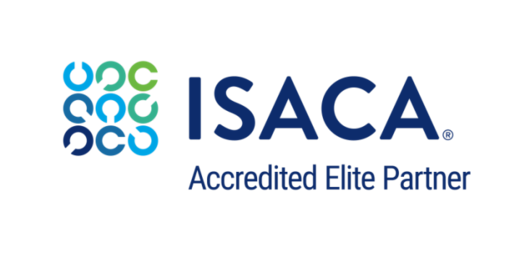Our round-up of the best business analysis courses in Australia and the best business architecture certifications will help you identify if your current role is headed in this direction and offer you more suggestions on preparing for these careers and the skills you need.
Business Analyst courses
Does your job title say Business Analyst or Business Systems Analyst? Perhaps you started as an Information Technology Professional or even a Business Professional (in Data Analytics or Operations) who found the need to learn practical systems thinking and approaches for defining business/technical requirements when implementing new processes or methodologies.
Pursuing business analysis training allows you to support your organisation's success through data-driven insights. It's ideal for those who enjoy helping others, asking questions, solving problems, and working independently.
Here are some recommendations for business analysis training:
These courses lead to the following business analysis certifications:
Agile Business Analysis Certification
IIBA Entry Certificate in Business Analysis (ECBA)
IIBA Certified Business Analysis Professional (CBAP)
IIBA Certification of Capability in Business Analysis (CCBA)
PMI Professional in Business Analysis (PMI-PBA)
Business Architecture courses
It may be that your job title officially says Business Architect. Or you're a technical professional who has come to be involved in architecting, building, and managing solutions within your organisation's platform. Your work often involves looking at the organisational chart, the roles within them, and the technology needed within those roles. You may also be involved with identifying issues regarding how the roles, the people, and tech play together.
You can get an introduction to business architecture and strengthen your ability to assist in these areas through business architecture training in Australia.
Business Architecture courses include:
Business Architecture certifications include:












